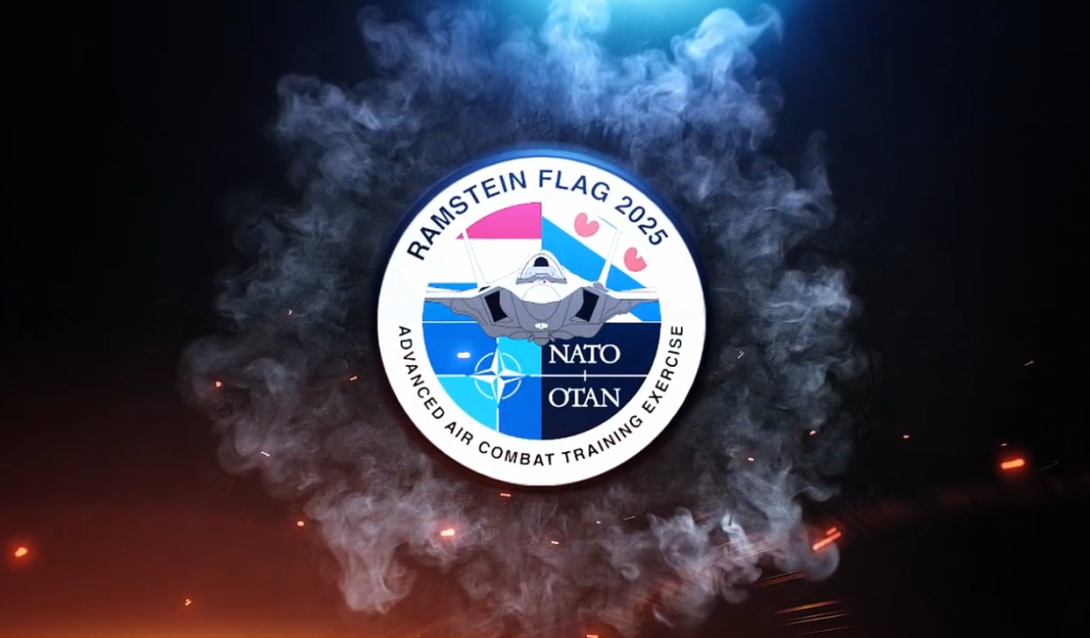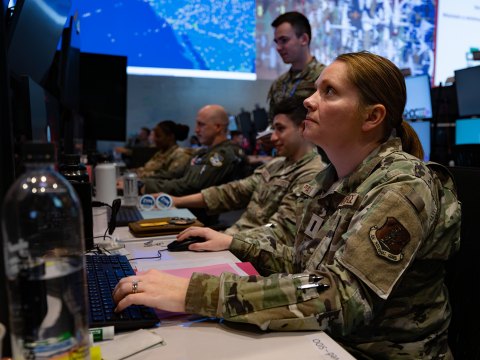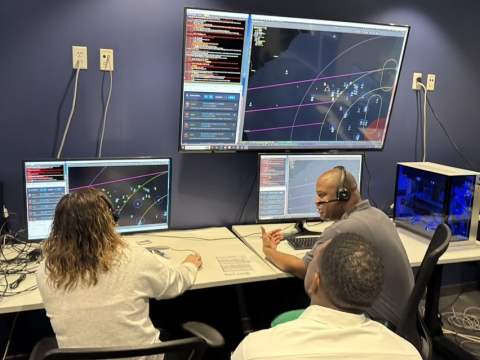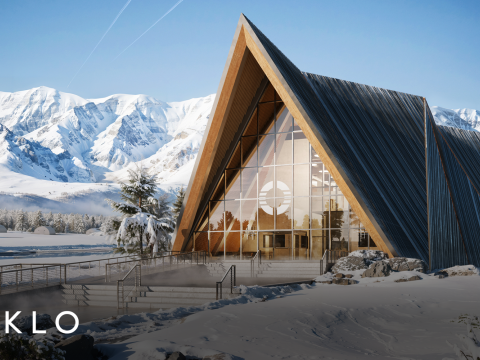Ramstein Flag 2025 Expands and Offers Multinational Air Combat Training
Hosted by NATO Allied Air Command (AIRCOM) and the Royal Netherlands Air Force, tactical-level live-fly exercise Ramstein Flag 2025 will test new capabilities in realistic combat scenarios to strengthen allied air forces as a unified team.
The upcoming exercise set for March 31 through April 11, 2025, will see participation from more than 15 NATO nations, 12 allied air bases and more than 90 allied jets and aircraft, according to an AIRCOM press release.
Lt. Col. Willem van Kampen of the Royal Netherlands Air Force, lead planner for Ramstein Flag 2025 and co-planner for Ramstein Flag 2024, said this is the second NATO flag exercise and the first hosted by the Netherlands. This year’s exercise will run in conjunction with the Dutch-led Frisian Flag series.
“The whole concept of Ramstein Flag originated when we said, ‘How are we going to fight the war of tomorrow?’” van Kampen said in an interview with SIGNAL Media.
According to van Kampen, 17 NATO nations will fly out of bases in the Netherlands, Denmark, the United Kingdom and Germany to an exercise area above the North Sea. The 17 participating nations are the Netherlands, Belgium, Canada, the Czech Republic, Germany, Denmark, Spain, Finland, France, Greece, the United Kingdom, Hungary, Italy, Romania, Sweden, Turkey and the United States.
Aside from the nations, NATO entities, including the Allied Maritime Command (MARCOM); NATO’s space command; and the Deployable Air Control Centre, Recognized Air Picture Production Centre and Sensor Fusion Post (DARS), will participate in the exercise. Three nations will also deliver threat replication to make the exercise more realistic and help improve air defense techniques.
The multinational exercise will also highlight NATO’s multidomain capabilities through aircraft working alongside special forces and maritime units.
Ramstein Flag 2025 aims to train allied air forces and test their responses to Article 5 scenarios in which NATO’s defense commitments are invoked. A few focus exercises include counter anti-access/area denial (C-A2AD), integrated air and missile defense, agile combat employment, air command and control, and information sharing across allied nations. Van Kampen said the final area of focus is the integration of those five lines of effort in different scenarios that incorporate air, land and maritime operations.
The large-scale exercise will also test the NATO air component’s ability to execute the first five days of an air tasking order, according to the release.
“Ramstein Flag 2025 underscores the Alliance’s determination to adapt, evolve and deter potential threats across the Euro-Atlantic region,” said Gen. James Hecker, commander of NATO AIRCOM. “This year’s exercise builds on the successes of Ramstein Flag 2024 and continues to push the boundaries of realistic, high-intensity training to enhance NATO’s deterrence and defense posture.”
Van Kampen noted a big difference between Ramstein Flag 2024 and 2025 is that some nations’ air forces will fly out of their own bases as opposed to all flying out of the same one, which presents unique network and information-sharing challenges.
“You have to make sure that your secret connectivity is in place to make it possible for the participants to do mission planning together on that network,” the lieutenant colonel said.
For van Kampen, information sharing is one of the more interesting and complicated capabilities tested during Ramstein Flag exercises. The goal is to practice and improve interoperability between NATO nations, but each nation has its own mission-planning system, and they are not all compatible. NATO uses Federated Mission Networking, but the question is, what level of information can be shared?
As NATO AIRCOM works to improve Ramstein Flag each year, van Kampen said 2026 will be in combination with U.S. exercise Astral Knight, and the exercise will span across all three joint operations areas: north, center and south. Ramstein Flag planners are also currently discussing how to make the live-fly environment more realistic.
“Every iteration of [Ramstein] Flag will become more diverse,” van Kampen emphasized. “Whereas, at this point in time, it's totally focused on developing the whole airplane … the operators, the pilots, the intel people.”





Comments